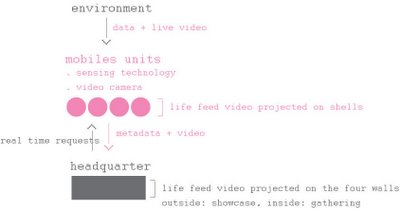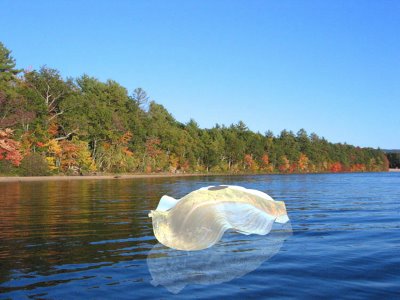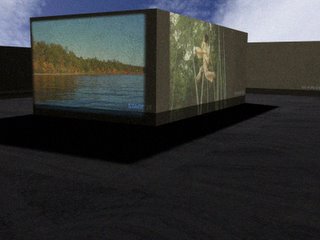If you’re new here, you may want to subscribe to my RSS feed to receive the latest Architectradure’s articles in your reader or via email. Thanks for visiting!
Having researched and designed haptic devices to support psychotherapeutic treatments, I am fascinated by French designer 🙂 Mathieu Lehanneur’s work on therapeutic objects he conceived with psychiatric consultants: Bernard Lachaux, Patrick Lemoine and model makers: Alban Danguy des Deserts. These objects are part of the permanent collection of the MOMA, NYC.
He proposes a series of objects not only as an attempt to bring design into the medical sphere, but essentially to design medications from the perspective of the patient and his/her illness relationship.
His scenario envisions: the placebo effect, a participation of the patient in his/her treatment, making the medication a communicative and sensory object, debating on the mechanistic approach of modern pharmacology, playing on emotions of attraction, desire, fear and repulsion towards a device or a particular form using gestures, usage practices and rituals.

Therapeutic felt-tip pen, 2001.
This analgesic for chronic pain is a systemic medication, which acts on all symptoms together. All that is required is to write on the painful area of the body each day and to remove the used cartridge at the end of each day. This transdermal product is coupled with a user-friendly ink that disappears after several minutes.
The Third Lung, 2001.
This project consists of a base treatment for asthma. The patient who refuses to accept his illness will reject even more the idea of taking medication unnecessary. The idea behind this therapeutic object is to establish a relationship of dependence.
But in this case the medication is dependent on the patient. Between two doses, the volume of the medication increases, this displaying its own physiological problem and indicating to the patient the urgency of taking the medication. Once the dose is administered, the volume decreases and returns to its normal level, only to expand once again until the next dose is administered.
Posted by Cati Vaucelle
♥ Architectradure






